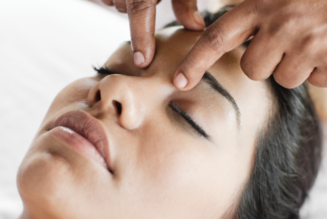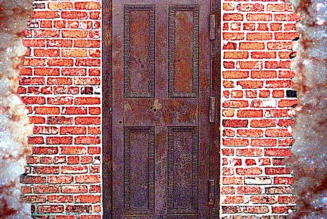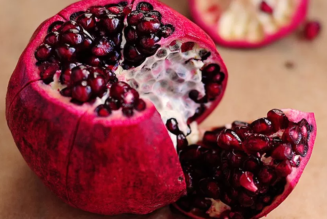Ayurvedic Medicine emphasizes the importance of maintaining healthy blood and offers a wealth of information about herbs which constitute blood purifying attributes.
Charak Samhita:
Charak Samhita states that “blood plays a vital role in the sustenance of elan vital.” When blood is pure, one experiences strength, good complexion, happiness and longevity.1
Sushrut Samhita:
In Sushrut Samhita, it is said that blood is considered identical with the vital principle of a living organism; blood has properties such as redness, lightness, mobility and a fleshy smell which also characterize the five fundamental elements (earth, water, fire, air and ether). Thus blood is considered to contain the five elements in its composition.2
Blood is the origin of the body. It is blood that maintains vitality. Blood is life.
Hence it should be preserved with the greatest care.3
The Sanskrit term raktashodhan is defined as alterative or blood cleansing. Herbs with raktashodhan karma remove toxins from the blood.4
Rakta Dhatu
Rakta dhatu, the blood tissue, consists of red blood cells and carries nutrients to all the other tissues in the body such as oxygen from the lungs to the peripheral and deep connective tissues and hormones from endocrine glands to target tissues. In Ayurveda the concept of blood is different from the western view which includes both red blood cells and plasma.5 Ayurveda considers rakta its own tissue that is produced in the liver and spleen6 and when healthy, blood has a vivid red color and is neither too thin nor too transparent.7
Red blood cells have a lifespan of about 120 days and as they grow old they become fragile and break apart.8 Besides this natural aging process, rakta dhatu and the raktavahasrotas, the channels carrying blood in the body, become vitiated due to various dietary and lifestyle factors such as:
- excessive use of pungent, salty, alkaline, acidic and oily foods and drinks;
- heavy foods such as meat and yoghurt; overeating;
- alcohol and other sour fermented drinks such as vinegar and whey;
- taking food before the previous meal is digested;
- deficiency of iron and B12;
- rotten foods;
- poor food combining;
- sleeping during the day after taking food;
- anger;
- suppression of the urge for vomiting;
- exposure to sun and fire;
- lack of bloodletting in the fall;
- antibiotics;
- radiation;
- and infections that are harmful to the liver and spleen.9,10,11
Due to the numerous ways for the blood to become vitiated, knowledge of how to purify and treat the blood to prevent and cure the various health issues due to vitiated blood is greatly needed.
Conditions Due To Vitiated Rakta 12,13,14,15
| kushtha (various skin diseases incl. dermatitis and ringworm which are common when blood is impure) | |
| Raktapitta (intrinsic hemorrhage) | Asrgdara (menorrhagia) |
| Pramilaka (drowsiness) | Mukha roga (mouth diseases) |
| Vidradhi (abscesses) | Murcha-bhrama nidra (fainting) |
| Vatarakta (gout) | Atisveda (excessive sweating) |
| Panduroga (anemia) | Shvitra-shveta kustha (leucoderma/vitiligo) |
| Daha (burning sensation) | Netrabhishyanda (conjunctivitis) |
| Arocak (anorexia) | Mukhapakasotha (stomatitis) |
| Gulma/Arbuda (tumors) | Pliha and yakrt vrddhi (enlarged spleen and liver) |
| Indralupta (alopecia) | Arshas (piles) |
| Visarpa (herpes) | Various inflammatory diseases |
| Nilika (blue moles) | Aching of limbs |
| Tilakalaka (black moles) | Bad breath |
| Vyanga (freckles) | Shivering |
| Kotha (urticaria) | Hematuria |
| Asramandala (red circular patches) | Rhinitis |
| Kamala (jaundice) | Pimples |
| Trshna (thirst) | Saline taste in mouth |
| Shirahshul (headache) | Intoxication |
| Diseases which usually are curable but do not improve with appropriate treatments.16 | |
The causes of blood vitiation are many and in the busy modern world, it is easy to develop impure blood. Fortunately, Mother Earth provides a large number of herbs that constitute raktashodhan karma.
Treatment of vitiated blood includes:
- the use of Ayurvedic raktashodhan herbs,
- proper fasting suitable for the individual,
- Ayurvedic virechan (purgation) and
- raktamoksha (bloodletting).10,17
For more information about raktashodhan and Ayurvedic herbs with blood purifying properties stay tuned for part II.
DISCLAIMER:
This is for educational purposes only; NOT Medical advice.
Always consult your primary care physician before considering any new management.
Always consult with a professional ayurvedic provider before considering any new management
References
- Charak Samhita, Sutrasthana XXIV/4. Sharma RK, Das VB. Chowkhamba Sanskrit Series Office, Varanasi, India. 2007.
- Sushrut Samhita Sutrasthana XIV/8-9. By Kaviraj Kunjalal Bhishagratna. Chowkhamba Sanskrit Series Office, Varanasi, India. 2005.
- Sushrut Samhita Sutrasthana XIV/36. By Kaviraj Kunjalal Bhishagratna. Chowkhamba Sanskrit Series Office, Varanasi, India. 2005.
- Frawley D, Lad V. 1986. The Yoga of Herbs: an Ayurvedic guide to herbal medicine. Lotus Press, USA. Pages 49-50
- Lad V. 2002. Textbook of Ayurveda. Fundamental Principles. The Ayurvedic Press, Albuquerque, NM. Pages 113-114.
- Charak Samhita, Vimanasthana V/7-8. Sharma RK, Das VB. Chowkhamba Sanskrit Series Office, Varanasi, India. 2007.
- Sushrut Samhita Sutrasthana XIV/18. By Kaviraj Kunjalal Bhishagratna. Chowkhamba Sanskrit Series Office, Varanasi, India. 2005.
- Lad V. 2002. Textbook of Ayurveda. Fundamental Principles. The Ayurvedic Press, Albuquerque, NM. Pages 113-114.
- Charak Samhita, Vimanasthana V/14. Sharma RK, Das VB. Chowkhamba Sanskrit Series Office, Varanasi, India. 2007.
- Ranade S, Ranade S. 2005. A Textbook of Kayachikitsa. Chaukhamba Sanskrit Pratishthan, Delhi. Vol.1 pages 141-142.
- Charak Samhita, Sutrasthana XXIV/5-10. Sharma RK, Das VB. Chowkhamba Sanskrit Series Office, Varanasi, India. 2007.
- Charak Samhita, Sutrasthana XXVIII/11-12. Sharma RK, Das VB. Chowkhamba Sanskrit Series Office, Varanasi, India. 2007.
- Charak Samhita, Sutrasthana XXIV/11-17. Sharma RK, Das VB. Chowkhamba Sanskrit Series Office, Varanasi, India. 2007.
- Sushrut Samhita Sutrasthana XXIV/10. Kaviraj Kunjalal Bhishagratna. Chowkhamba Sanskrit Series Office, Varanasi, India. 2005.
- Astangha Hrdayam. Sutrasthana XI/8-9. Translated by Prof. KR Srikantha Murthy. Chowkhamba Krishnadas Academy, Varanasi, India.
- Astangha Hrdayam. Sutrasthana XXVII/1½-4½. Translated by Prof. KR Srikantha Murthy. Chowkhamba Krishnadas Academy, Varanasi, India.
- Charak Samhita, Sutrasthana XXIV/18. Sharma RK, Das VB. Chowkhamba Sanskrit Series Office, Varanasi, India. 2007.
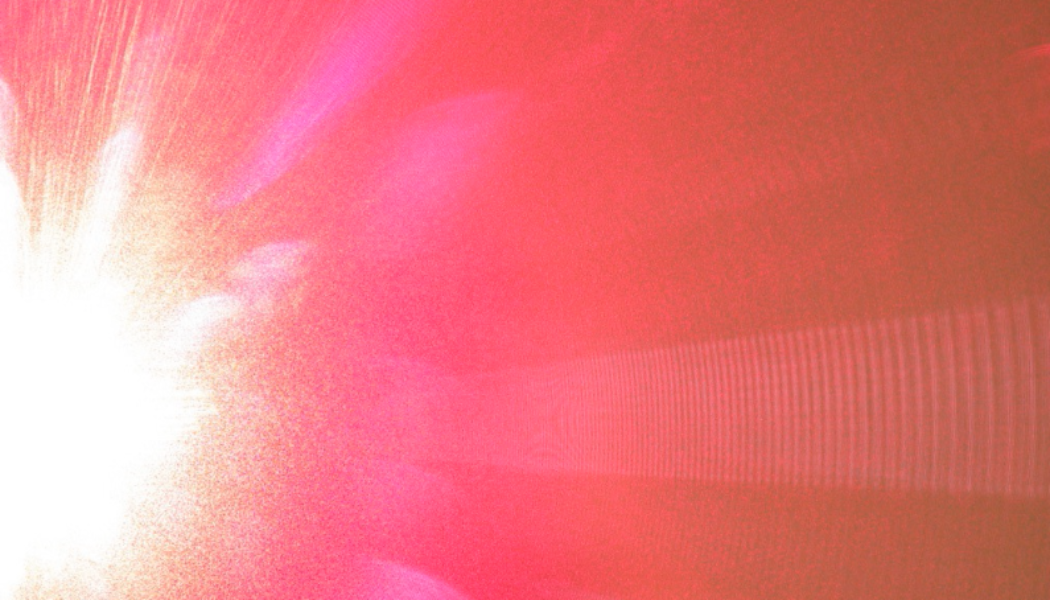
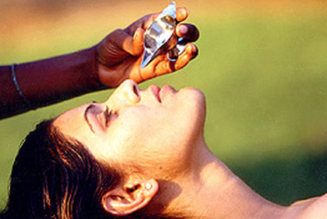
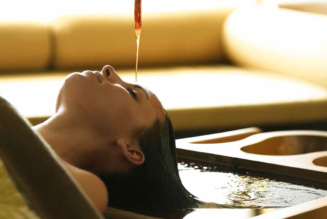
![An Ayurvedic Purification Purge [Virechana]](https://healthyayurveda.com/wp-content/uploads/2015/11/1.-Vrechana-Image-327x219.png)
![Ayurvedic Daily Routine: Oleation + Self Massage [Abhyanga]](https://healthyayurveda.com/wp-content/uploads/2015/11/Screen-Shot-2015-11-05-at-12.41.11-PM-327x219.png)
